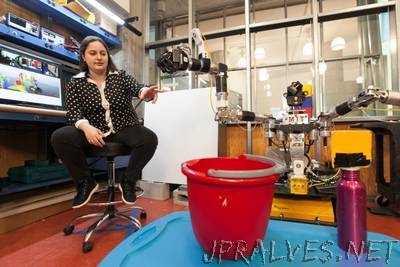
“Most robots are programmed using one of two methods: learning from demonstration, in which they watch a task being done and then replicate it, or via motion-planning techniques such as optimization or sampling, which require a programmer to explicitly specify a task’s goals and constraints. Both methods have drawbacks. Robots that learn from demonstration can’t easily transfer one skill they’ve learned to another situation and remain accurate. On the other hand, motion planning systems that use sampling or optimization can adapt to these changes but are time-consuming, since they usually have to be hand-coded by expert programmers. Researchers from MIT’s Computer Science and Artificial Intelligence Laboratory (CSAIL) have recently developed a system that aims to bridge the two techniques: C-LEARN, which allows noncoders to teach robots a range of tasks simply by providing some information about how objects are typically manipulated and then showing the robot a single demo of the task. Importantly, this enables users to teach robots skills that can be automatically transferred to other robots that have different ways of moving — a key time- and cost-saving measure for companies that want a range of robots to perform similar actions.”
